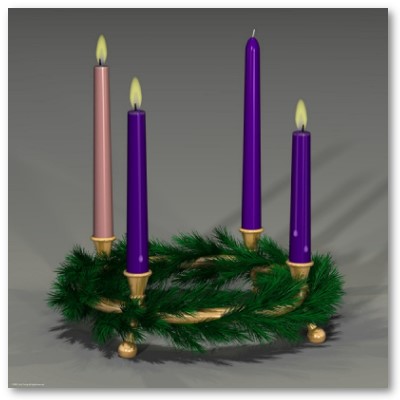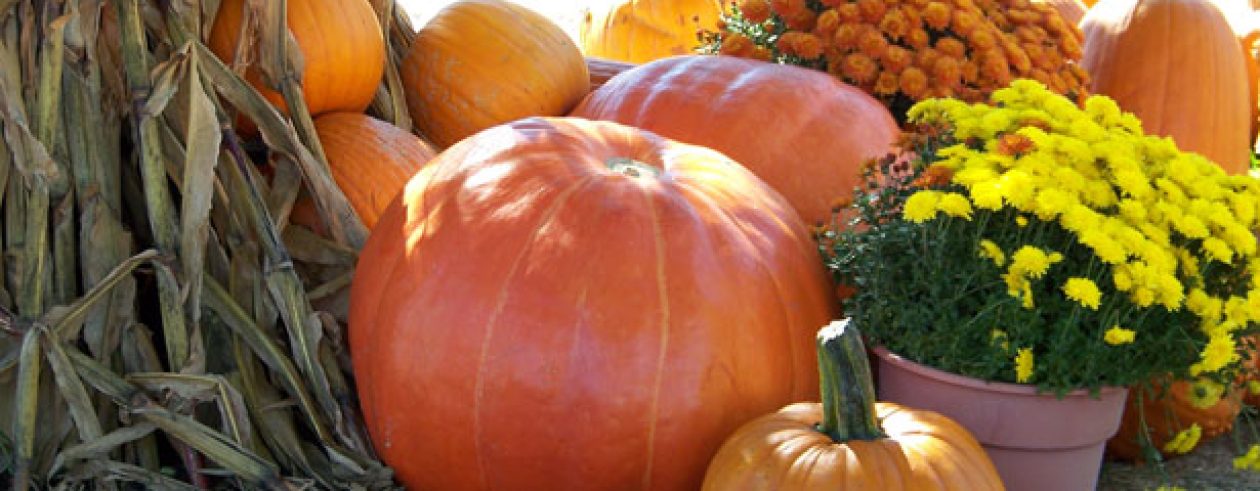
Gaudete Sunday, sometimes called Rejoice Sunday, is the mid-point during the Advent season. Advent is, like Lent, a penitential time but shortened considerably. During Advent priests wear purple and some aspects of the liturgy are, like Lent, not performed. Likewise, the altar is kept as simple as possible. On Gaudete Sunday, the priest will wear a rose or pink color vestment, flowers are allowed in the altar, and the use of an organ is allowed as well. The purpose of the day is to remind that during a time of penance (or any period of darkness) is that God’s joy is with us. That times of darkness are temporary, and we should rejoice. The Advent wreath candle for the day is also rose or pink as well. The word gaudete means rejoice in Latin.
The hymn Veni, veni, Emmanuel (or better known in English as (O come, O come, Emmanuel ) is sung in churches on this day.
Veni, Veni Emmanuel
Veni, veni Emmanuel!
Captivum solve Israel!
Qui gemit in exilio,
Privatus Dei Filio,
Gaude, gaude, Emmanuel
nascetur per te, Israel.
O come, O come, Emmanuel,
And ransom captive Israel,
That mourns in lonely exile here,
Until the Son of God appear.
Rejoice ! Rejoice ! Emmanuel
Shall come to thee, O Israel.
=
What Is Advent?
Advent on the Christian calendar is a season of preparation for the birth of Jesus. It is a season of joy leading up to Christmas Day and a time of preparation similar to Lent. Prayer, fasting, and penance are part of the Advent season. The rules are not as strict as Lent but a time of self-preparation. The purple color used on candles and vestments are associated with penance. Each Advent Sunday is meant to ready oneself for rejoicing at the birth of Jesus that is to come. The Third Sunday of Advent is the anticipatory celebration, and the color rose is used to represent joy.
The Advent wreath
Many homes and churches will have an Advent wreath to symbolize the season, and to mark each Sunday as it happens. The practice began by German Lutherans in the 18th century as a means of teaching Advent to children. The practice began to spread to Catholics and other Christian denominations as well.
Advent wreaths are circular to show that God’s love is infinite and is made with evergreen leaves. It used to be a family event to gather the leaves and make the wreath. The practice has resurfaced in recent years as many families now do this again. Advent wreaths made of artificial evergreens are available in a wide series of designs. Handmade ones can be made to last many years.
